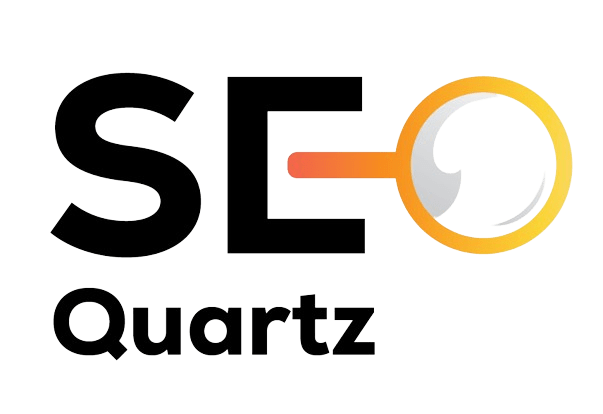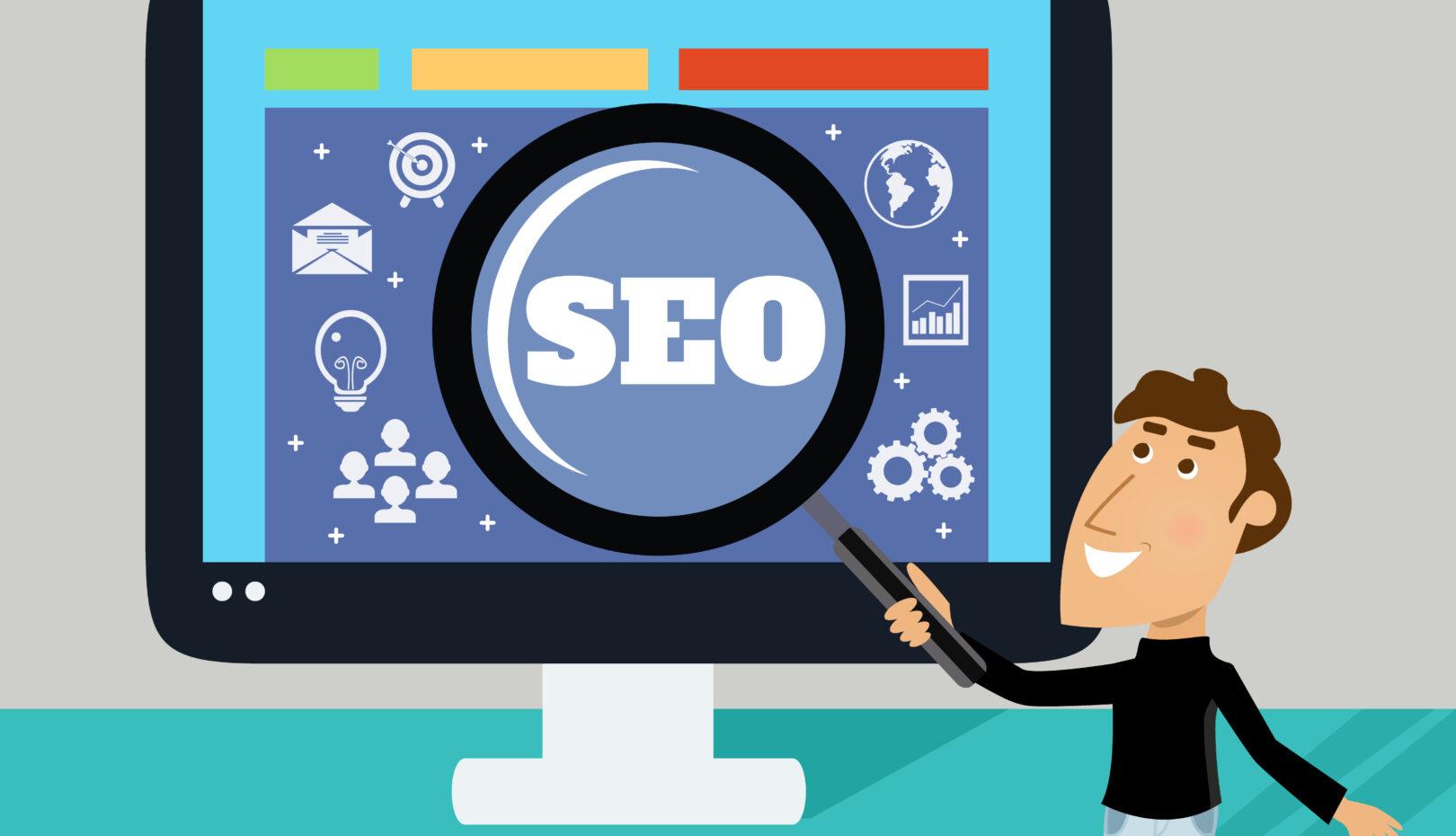How SEO and Google Rankings Are Affected by Page Speed?
Website performance is crucial to user experience and SEO in the digital era. Page speed is a major SEO and Google ranking factor. As internet consumers want faster and more efficient online experiences, Google prioritizes fast-loading websites. This article will explain why page speed, SEO, and Google rankings are important and how to improve your website with the help of a professional website designer.
What is Page Speed?
Page speed refers to the time it takes for a web page to load completely. It encompasses several metrics, including:
- Time to First Byte (TTFB): The time it takes for the browser to receive the first byte of data from the server.
- First Contentful Paint (FCP): The time it takes for the first piece of content to be rendered on the screen.
- Largest Contentful Paint (LCP): The time it takes for the largest piece of content to load, which significantly impacts the user’s perception of load speed.
- Time to Interactive (TTI): The time it takes for the page to become fully interactive.
The Importance of Page Speed
1. User Experience
Page speed impacts user experience. Lower bounce rates, improved user happiness, and engagement result from faster loading times. Studies show that a one-second page load delay reduces conversions by 7%. Web sites should load rapidly to avoid irritation and desertion.
2. Mobile Experience
With more people using mobile internet, page speed is more important. Fast-loading websites are crucial for mobile users due to slower internet connections. Google prioritizes mobile-first indexing, so your site’s mobile version is ranked first. Slow mobile page speeds hurt rankings and user experience, and this can only be corrected with the best website development services.
How Page Speed Impacts SEO?
1. Google’s Rank
The Google algorithm ranks websites based on many variables, including page speed. Page speed was included to desktop search rankings by Google in 2010. It expanded to mobile searches in 2018. Because they improve user experience, faster websites rank higher in SERPs.
2. Basic Web Essentials
Google included Core Web Vitals to their ranking factors in 2021. Google deems Core Web Vitals crucial to a webpage’s user experience. This includes:
- Largest Contentful Paint (LCP): Measures loading performance. To provide a good user experience, LCP should occur within 2.5 seconds of when the page first starts loading.
- First Input Delay (FID): Measures interactivity. Pages should have an FID of less than 100 milliseconds.
- Cumulative Layout Shift (CLS): Measures visual stability. Pages should maintain a CLS of less than 0.1.
Websites that meet these thresholds are more likely to rank higher in SERPs.
3. Crawl Budget
Each website has a crawl budget, or the amount of pages Googlebot crawls and indexes in a certain timeframe. Faster loaded pages help Googlebot to crawl more pages within its budget, increasing indexation and ranking.
4. Bounce and Dwell Time
Page speed influences bounce rate and dwell duration, which indirectly effect SEO. A high bounce rate (people leaving after seeing one page) might tell Google the page isn’t user-friendly. Longer stay time on a page suggests that consumers value the material. Pages that load faster have lower bounce rates and longer dwell periods.
Factors Affecting Page Speed
Several factors influence page speed, including:
- Server Response Time: The time it takes for the server to respond to a user’s request.
- File Sizes: Larger files, such as images and videos, can slow down page loading times.
- Code Efficiency: Clean, optimized code loads faster than bulky, unoptimized code.
- Browser Caching: Storing static files in the user’s browser can reduce load times for repeat visitors.
- Content Delivery Network (CDN): Distributing content across multiple servers worldwide can improve load times for users in different geographical locations.
How to Improve Page Speed
1. Optimize Images
Images are often the largest files on a webpage, making them prime candidates for optimization. Techniques include:
- Compressing images: Use tools like TinyPNG or JPEG Optimizer to reduce file sizes without compromising quality.
- Using next-gen formats: Formats like WebP offer better compression than traditional formats like JPEG and PNG.
- Lazy loading: Load images only when they are about to enter the viewport, reducing initial load times.
2. Minify CSS, JavaScript, and HTML
Minifying involves removing unnecessary characters (like spaces and comments) from code files, reducing their size and improving load times. Agencies which offer web designing services and tools like UglifyJS, CSSNano, and HTMLMinifier can help with this process.
3. Enable Browser Caching
By enabling browser caching, you allow static files (like images, CSS, and JavaScript) to be stored in the user’s browser, reducing the need to reload them on subsequent visits. This can be configured using HTTP headers.
4. Use a Content Delivery Network (CDN)
A CDN distributes your content across multiple servers worldwide, reducing the distance data must travel to reach the user. This can significantly improve load times, especially for users far from your primary server.
5. Improve Server Response Time
A slow server response time can bottleneck your page speed. Consider:
- Upgrading your hosting plan: Shared hosting can slow down your site during peak times. Consider upgrading to a VPS or dedicated server.
- Optimizing your database: Regularly clean up and optimize your database to reduce response times.
- Using a fast DNS provider: A slow DNS provider can increase TTFB. Consider switching to a faster provider.
6. Reduce Redirects
Each redirect adds an additional HTTP request-response cycle, increasing load times. Minimize the use of redirects where possible.
7. Enable Compression
Compressing files can reduce their size and improve load times. Gzip and Brotli are popular compression methods that can be enabled on your server.
8. Prioritize Above-the-Fold Content
Ensure that the content above the fold (the part of the web page visible without scrolling) loads quickly. This can be achieved by deferring the loading of below-the-fold content and scripts.
Tools to Measure Page Speed
There are several tools available to measure and analyze your page speed:
- Google PageSpeed Insights: Provides a detailed analysis of your page speed and offers suggestions for improvement.
- GTmetrix: Offers comprehensive insights into page speed performance and optimization tips.
- Pingdom: Tests the speed of your site from multiple locations and provides detailed performance reports.
- WebPageTest: Allows you to run tests from various locations and browsers, providing a detailed breakdown of performance metrics.
How SEO Quartz Improves Page Speed and Google Ranking?
Digital marketers need good Google rankings and fast page speeds to succeed. SEO Quartz, a top SEO and internet marketing company, offers a wide range of services to boost website performance and visibility. This post will explain how SEO Quartz may enhance page speed and Google ranks.
Coding Optimization
Minification
SEO Quartz minifies CSS, JavaScript, and HTML for page performance. Deleting whitespace and comments from these files reduces their size and speeds up loading. This procedure uses UglifyJS, CSSNano, and HTMLMinifier.
Effective Coding Methods
SEO Quartz cleans and optimizes website code. Optimize scripts, reduce HTTP requests, and remove render-blocking resources. Streamlining code improves website efficiency and speed.
Optimizing Server
Fast Hosting Services
hinder server responses can hinder website performance. SEO Quartz can help you pick a VPS, dedicated server, or high-performance cloud hosting service. We optimize your hosting for speed and dependability.
Optimizing databases
Database optimization is another SEO Quartz emphasis. Database clean-ups, indexing, and optimization can speed up page loading and enhance user experience.
Implementing CDN
Worldwide Distribution
Your material is distributed across several servers globally using a material Delivery Network (CDN), minimizing data journey time. SEO Quartz integrates a CDN to speed up website loading for people in different areas.
Reduced Latency
SEO Quartz speeds up load times with a CDN. This assures consistent performance independent of user location, making it ideal for worldwide websites.
Complete SEO Audits
In-depth analysis
SEO Quartz starts with a thorough SEO audit to discover opportunities for improvement. Our search engine optimisation consultants examine your website’s performance, including page speed, mobile optimization, and user experience.
Finding bottlenecks
SEO Quartz finds website bottlenecks throughout the assessment. Examples include big picture files, ineffective coding, server response times, and more. We can provide a focused solution by identifying these concerns.
Image optimization and compression methods
Images are generally a webpage’s biggest file and might slow load speeds. SEO Quartz reduces picture file sizes without affecting quality using sophisticated compression. This includes compressing photos using TinyPNG and JPEG Optimizer.
Next-Gen Formats
SEO Quartz also advocates and uses next-generation image formats like WebP, which compress better than JPEG and PNG. It speeds up load times and improves user experience.
Browser Caching/Compression
Making Browser Caching
SEO Quartz enables browser caching for your website. A user’s browser may cache static assets like pictures, CSS, and JavaScript, decreasing the need to refresh them on subsequent visits. Repeat visitors’ load times improve greatly.
Brotli/Gzip
SEO Quartz compresses files with Gzip and Brotli. Compressing data before sending them to the user’s browser speeds up transmission, improving website load times and responsiveness.
Mobile optimization
Mobile-First Strategy
With Google’s mobile-first indexing, your website’s mobile version gets ranked first. SEO Quartz optimizes your website for mobile devices, making mobile browsing smooth and quick.
A responsive design
SEO Quartz ensures your website is responsive to screen sizes and devices. This boosts Google ranks and user experience.
Tracking and Reporting
Constant Monitoring
SEO Quartz continuously tracks website performance whether it is created in WordPress or Shopify. We, as a shopify web design agency measure page performance, user activity, and other important information using sophisticated analytics. This continual monitoring lets them spot and fix problems quickly.
Reports in Detail
You receive regular information on your website’s performance and adjustments. SEO Quartz shows you how our techniques improve page speed and Google ranks, so you can see their results.
Conclusion
Page speed matters for SEO and Google rankings. Fast-loading websites increase user experience and show search engines that your site is efficient. Page speed may be optimized by image optimization, code minification, and CDN use to improve site performance and search engine results.
Page speed improvements can boost rankings, traffic, and user engagement. To be competitive in the ever-changing digital market, your website must load rapidly.
SEO Quartz delivers outcomes through in-depth SEO audits, image optimization, coding, and server optimizations. SEO Quartz can help you surpass user and search engine expectations, increasing traffic, engagement, and conversions.
Take the first step toward a speedier, higher-ranking website that distinguishes out in the competitive digital market by using SEO Quartz now.

